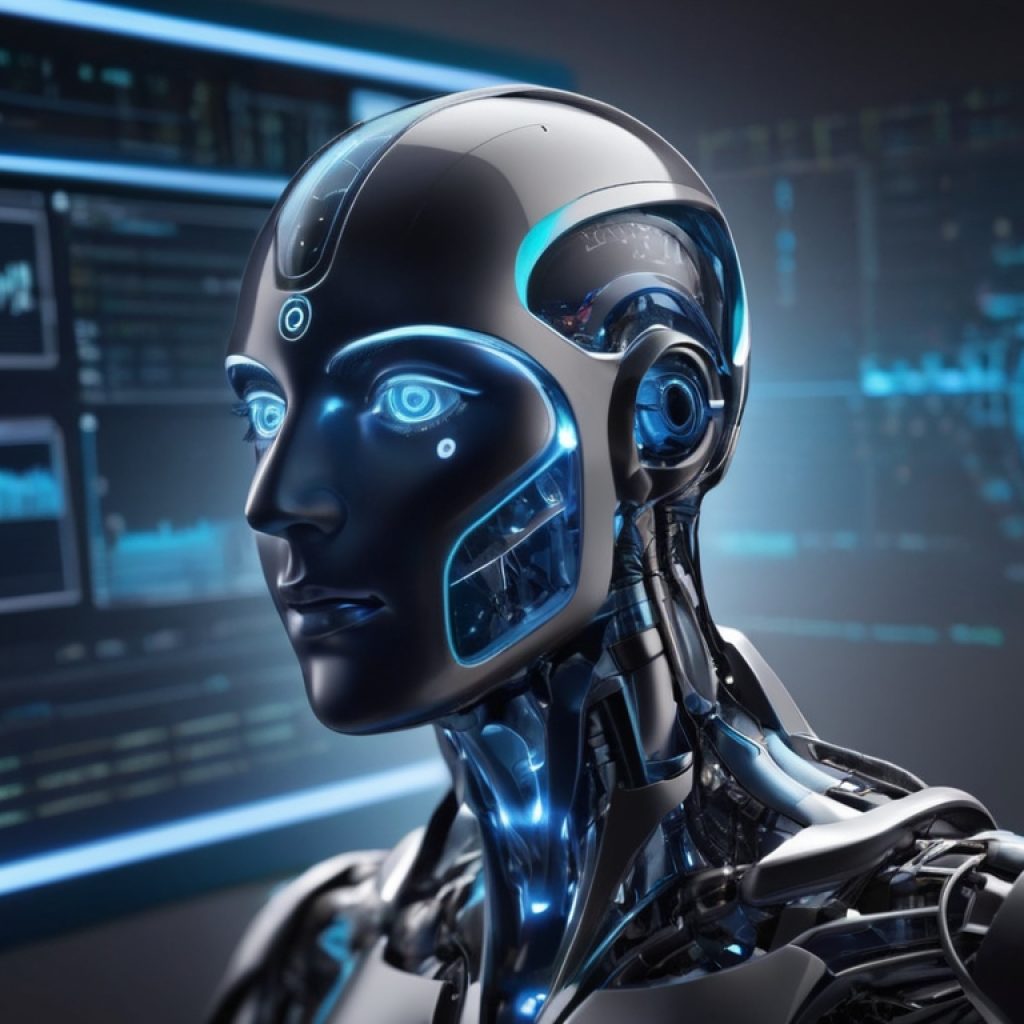In a remarkable achievement, a research group from the Tohoku University Graduate School of Engineering has successfully replicated human-like variable speed walking using a musculoskeletal model guided by a reflex control method mirroring the human nervous system.
This pioneering development in biomechanics and robotics advances our understanding of human movement and paves the way for groundbreaking innovations in robotic technologies.
Innovative algorithm sets new standards
The key to this breakthrough lies in an innovative algorithm that transcends conventional methods, creating a neural circuit model optimized for energy efficiency across a range of walking speeds. This advanced algorithm unveiled critical insights into energy-saving walking strategies, particularly in the leg swing phase.
The research team uncovered vital elements of energy-efficient walking strategies through intensive analysis of these neural circuits, focusing on those controlling the leg muscles during the swing phase.
This knowledge enhances our understanding of the intricate neural network mechanisms underpinning human gait and sets the stage for future technological advancements.
Revolutionizing robotics and prosthetics
Associate Professor Dai Owaki, co-author of the study, Shunsuke Koseki, and Professor Mitsuhiro Hayashibe emphasized the transformative potential of this research. He stated, “The successful emulation of variable-speed walking in a musculoskeletal model, combined with sophisticated neural circuitry, marks a pivotal advancement in merging neuroscience, biomechanics, and robotics.
It will revolutionize the design and development of high-performance bipedal robots, advanced prosthetic limbs, and state-of-the-art powered exoskeletons.”
This groundbreaking development holds promise for individuals with disabilities, as it could improve mobility solutions and enhance the functionality of robotic technologies used in everyday life.
Future prospects
Looking ahead, Professor Owaki and his team are committed to further refining the reflex control framework. They aim to recreate a broader range of human walking speeds and movements, making robotic systems more adaptable and energy-efficient.
Moreover, they plan to apply the insights and algorithms from the study to develop adaptive prosthetics, powered suits, and bipedal robots that can mimic human movement with greater naturalness and precision.
The potential applications of this research are vast and wide-reaching. The integration of identified neural circuits into robotic technologies could lead to significant improvements in the mobility and quality of life for individuals with disabilities.
Moreover, in everyday life, developing more advanced robotic systems holds promise for industries ranging from healthcare and manufacturing to logistics and entertainment.





